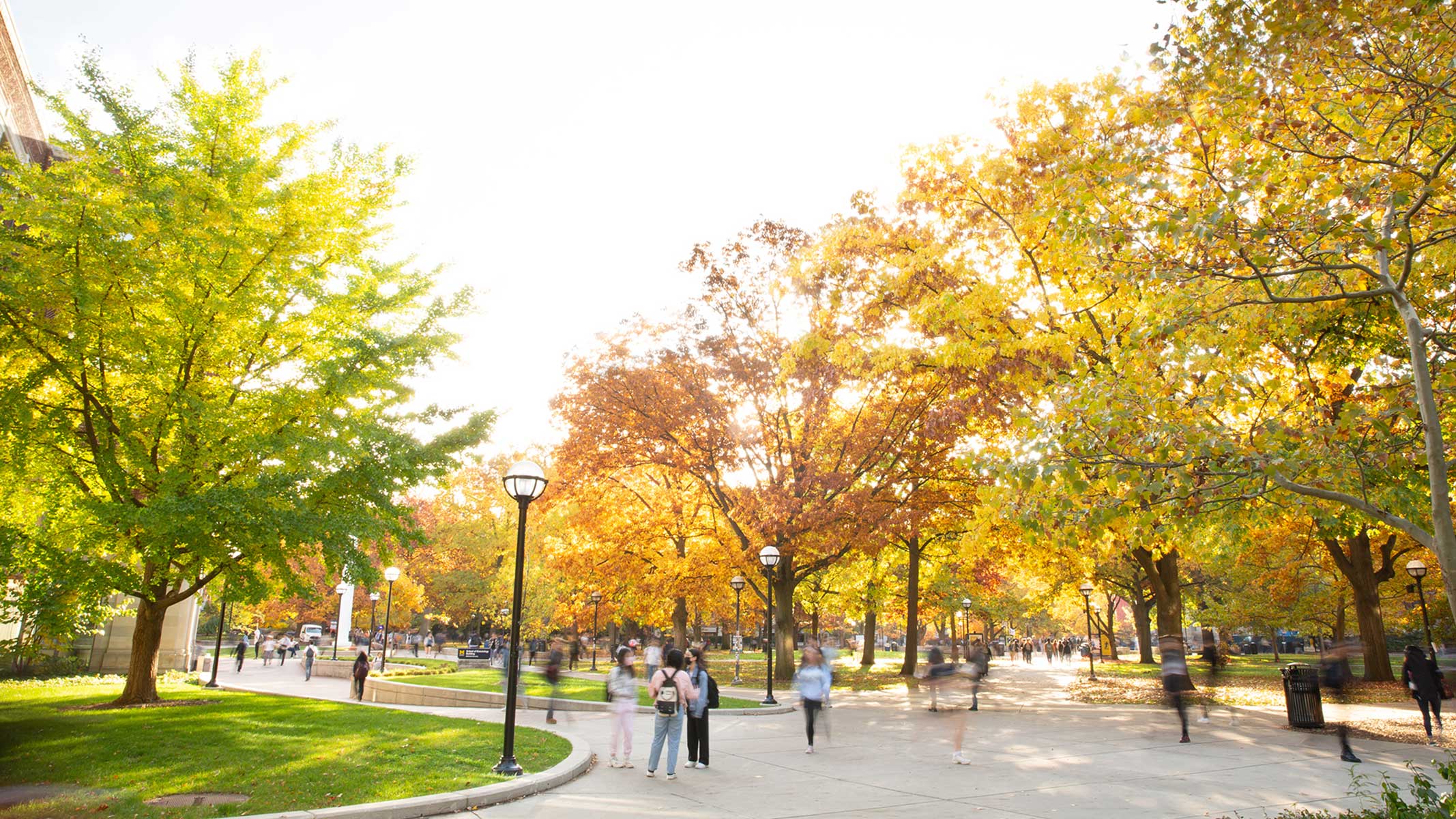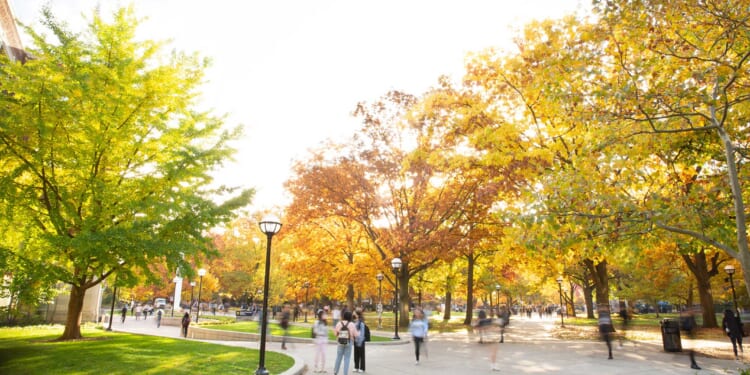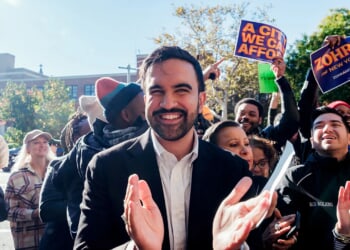
It’s college application season. For high school seniors, it’s a time filled with drama. But this year, elite universities face a drama of their own.
This fall, the College Board abruptly discontinued its “Landscape” tool, which allowed college admissions officers to gather “socioeconomic” information about applicants’ neighborhoods and high schools. The College Board’s decision to axe the tool comes amid a federal government crackdown on illegal race proxies in university admissions, and followed soon after Naomi Schaefer Riley exposed how Landscape’s data, while seemingly color-blind, were carefully primed to flag black applicants and other favored demographics.
Finally, a reason to check your email.
Sign up for our free newsletter today.
While colleges try to regroup from the loss of a tool that provided labeling data on millions of applicants, scrutiny is overdue on how admissions departments use “socioeconomic” preferences—also called “class” preferences, adding a neo-Marxist, critical-theory sheen. These efforts should be named for what they almost always are: thinly veiled pretexts for racial discrimination.
Racial preferences in admissions, of course, have been illegal since the Supreme Court’s ruling two years ago in SFFA v. Harvard. Elite universities have responded to the ruling in one of two ways. Some, such as MIT and Stanford, have apparently complied. These institutions—in keeping with the predictions of amicus briefs, expert witnesses, and attorneys during oral arguments—report rising Asian enrollment and declining black enrollment.
Other elite schools, including Harvard, Yale, Princeton, and Duke, miraculously maintained their pre-SFFA racial proportions—despite their dire predictions that a ban on affirmative action would drastically change racial percentages on campus. How was this possible? Did these schools simply pretend to comply with SFFA, using purportedly race-neutral proxies (like Landscape) to achieve racial goals?
Socioeconomic preferences act as a cover for racial goals. Ever since the constitutionality of race preferences was first questioned in DeFunis v. Odegaard (1974), facially nonracial criteria, such as zip codes—used by Landscape’s predecessor, Adversity Score—have often served as proxies for race.
Without Landscape, universities will likely devise another socioeconomic race-proxy scheme. Modern Big Data techniques and increasingly nuanced artificial intelligence will allow colleges to reverse-engineer their own substitutes, custom-tailored and even more precise than Landscape. Race proxies via socioeconomic preferences won’t end with Landscape.
Socioeconomic preferences are sold to Americans with a bait-and-switch: economic preferences are the bait, and “socioeconomic” preferences are the switch. The use of the “socio” prefix by race-proxy proponents is intentional. Whatever one thinks of them, purely economic preferences—boosting applicants from poor backgrounds—are straightforward. Their purpose (to help the poor) is transparent, and their metrics (student/family income) are objective. Such clarity on both ends and means makes purely economic preference an easy sell. Americans are generous.
But then race-proxy proponents deploy the switch, tacking on the “socio” prefix. They swap “low income” for “socioeconomically disadvantaged,” and “poor” for “marginalized class.” While everyone understands what “low-income” means, most people don’t realize that the terms “socioeconomically disadvantaged” and “marginalized” aren’t used for the poor—they instead smuggle in concepts that can serve as proxies for race.
Take the University of California’s socioeconomic admissions rubric, which considers first-language and single-parent households. If Cal had wanted purely economic preferences, it could have used poverty metrics exclusively. It didn’t.
Instead, Cal’s administrators use proxies that allow for admitting students based on race. After all, whites and Asians are far likelier than blacks to come from two-parent households. And while Asians, like Hispanics, often come from immigrant backgrounds, Asian parents often push their children harder to assimilate English as their first language, as evidenced by SAT verbal scores.
Other colleges use similar tactics. Williams College and the University of Michigan, for example, weigh first-generation college status. UCLA Law School and Lehman College solicit “systems-involved” or “criminal-justice-impacted” applicants—elite-speak for applicants (or their families) with criminal records. Asian communities, even when poor, have low crime rates.
Socioeconomic preferences have even trickled down to K-12. The New York City Department of Education’s “Economic Need Index,” for example, doesn’t measure what its name implies. Neither income nor wealth are assessed. That’s because in New York City, Asians are as poor as blacks and Hispanics. Instead, a key ENI criterion is whether a student “lived in temporary housing in the past four years.” This, again, serves as a racial proxy, since far more poor blacks and Hispanics (89 percent of residents of such arrangements) live in temporary housing than equally poor Asians (less than 1 percent).
The latest elite-speak is “subjective socioeconomic status,” which means exactly what one suspects. Imagine how that will play out.
In sum, socioeconomic preferences are just more affirmative action. They are neither race-blind, as claimed, nor used to help the poor, as claimed. It’s time for the covert schemes to stop. Elite colleges should uphold the standards of meritocracy, with transparency and with equal rights for all.
Photo: Ben Milam / iStock / Getty Images Plus via Getty Images
City Journal is a publication of the Manhattan Institute for Policy Research (MI), a leading free-market think tank. Are you interested in supporting the magazine? As a 501(c)(3) nonprofit, donations in support of MI and City Journal are fully tax-deductible as provided by law (EIN #13-2912529).
Source link
















